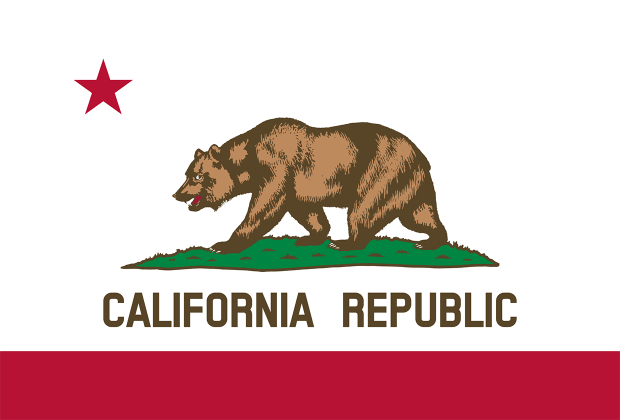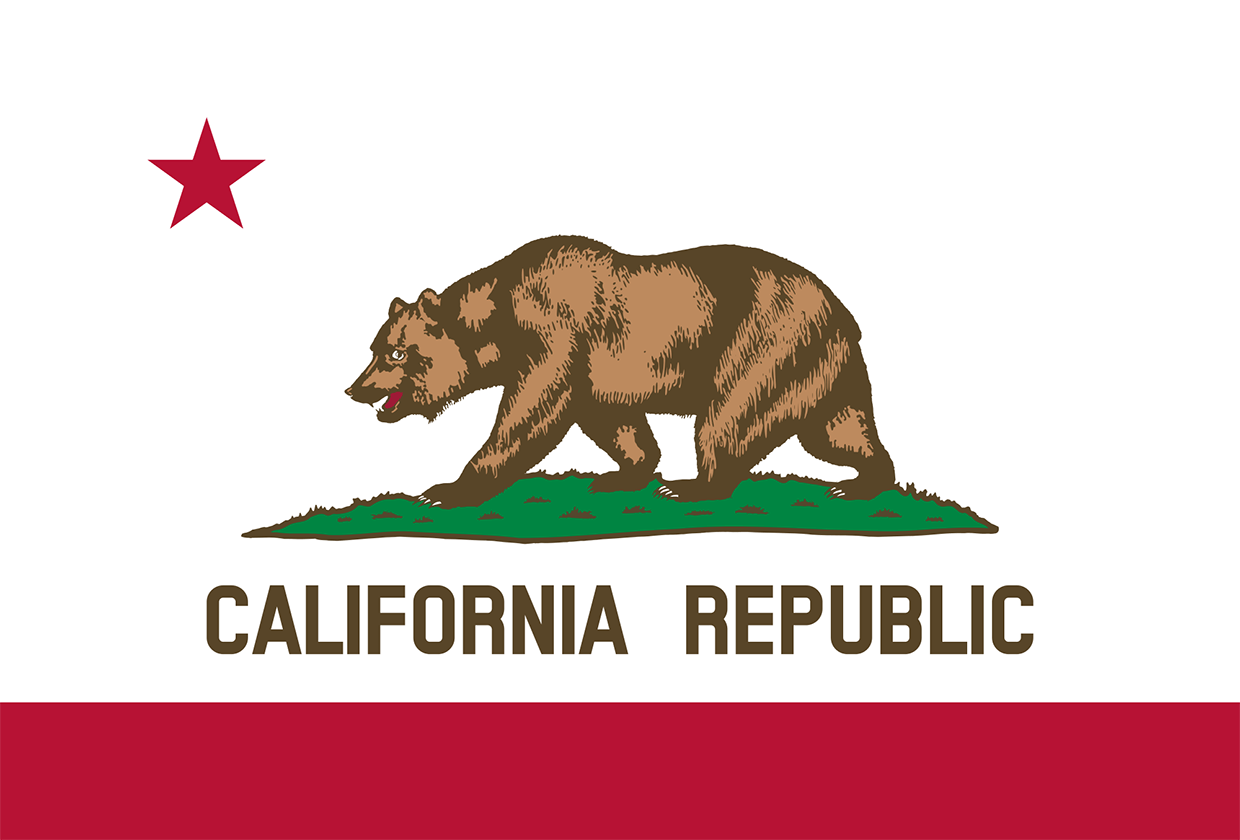California’s flavored tobacco ban will likely not to go into effect until at least December 2022.
A campaign to have the new law subject to a repeal via a ballot measure has surpassed the number of signatures needed to get it on the ballot. As such, the law will not go into effect on Jan. 1, 2021 as planned and instead its fate will be decided during the November 2022 general election. The process to verify the validity of the signatures is now under way, though it seems likely that the law will be delayed.
Earlier this year, California passed SB 793, which banned most flavored tobacco products in the state. There were some exceptions, both hookah and loose leaf tobacco—meaning pipe tobacco—were exempt under some conditions. And flavored premium cigars could still be sold, but they needed to have a wholesale price of at least $12, which meant that most flavored premium cigars would either be banned or need to have their prices dramatically increased. To qualify, the cigars need to have a wholesale price of at least $12 and meet other factors like being handmade and having a whole leaf wrapper. Given California’s cigar tax and how margins are normally calculated, that could mean a starting retail price of over $37 per cigar.
However, because of California’s direct democracy, bills that are signed into law have a chance to be repealed by the citizens. Big tobacco companies have organized a campaign to repeal the law and as part of the process, the bill won’t go into effect until the voters have their say.
Per the Cigar Association of America, the ballot measure’s timeline is as follows:
- Aug. 31, 2020 – Proposed referendum filed with Secretary of State.
- Sept. 10, 2020 – Deadline for Attorney General to prepare ballot title and summary. As soon as title and summary is completed, proponents may begin collecting signatures.
- Nov. 26, 2020 – Deadline to submit signatures to county elections offices.
- Dec. 8, 2020 (tentative) – After signatures are submitted, county elections offices have 8 working days to determine if the raw count of signatures meets the required threshold.
- Dec. 31, 2020 (tentative) – After signatures are submitted, county elections offices have 30 working days to verify the signatures if the raw count threshold was met.
- Jan. 1, 2021 – SB 793 takes effect on this date if the referendum does not qualify for the ballot.
- Nov. 8, 2022 – If the SB 793 referendum qualifies, it will be placed on the ballot at the November 2022 General Statewide Election.
- Dec. 8, 2022 – The General Election vote is certified. If the referendum succeeds, SB 793 will be repealed on this date. If the referendum fails, SB 793 will take effect on this date.
As of yesterday, the California Secretary of State had received 1,019,610 signatures, though some counties could remain outstanding. The ballot measure needed 623,212 signatures to go onto the 2022 ballot, which was 5 percent of the number of votes cast in the last gubernatorial election.


